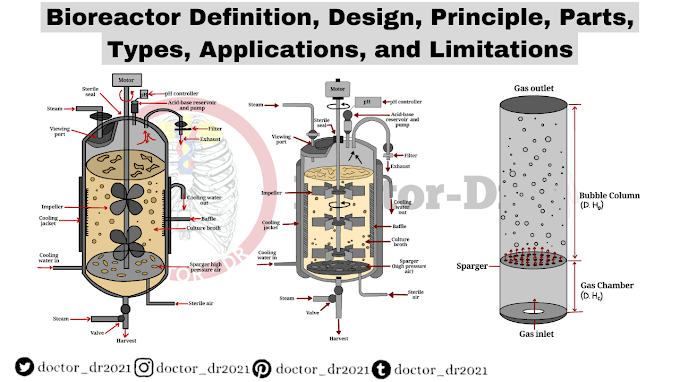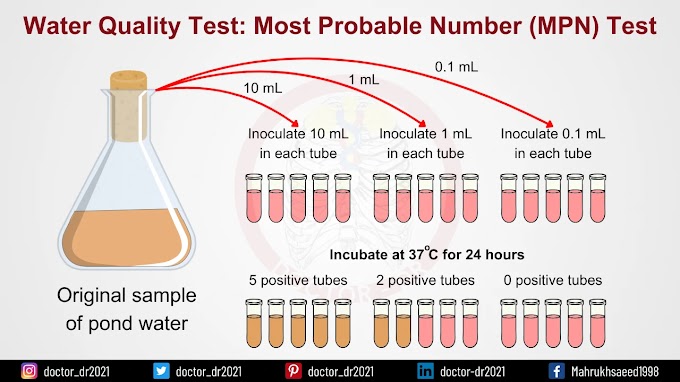Table of Contents
- Introduction
- What is Allosteric inhibition?
- Mechanism of allosteric inhibition
- Cooperativity in allosteric enzymes
- Examples of Allosteric Inhibition
- Significance of allosteric inhibition
- Reference
Introduction
- Enzymes are biological catalysts that speed up specific chemical reactions within cells.
- They facilitate essential biochemical processes in living organisms.
- Enzymes function by binding to substrate molecules at specific active sites, accelerating chemical reactions.
- The regulation of enzyme activity is crucial for their proper function.
- Various mechanisms exist to control enzyme activity.
- One key regulatory mechanism is allosteric regulation.
- In allosteric regulation, a regulatory molecule (activator or inhibitor) binds to a site other than the enzyme’s active site.
- This specific binding site is called the allosteric site.
- Allosteric enzymes possess both active sites and allosteric sites.
- The Michaelis–Menten (MM) model does not adequately explain allosteric regulation.
What is Allosteric inhibition?
- Allosteric inhibition is a regulatory mechanism where an allosteric inhibitor binds to a specific allosteric site.
- This binding causes a conformational change in the enzyme’s structure, reducing its activity.
- Allosteric inhibition is reversible; when the inhibitor dissociates, the enzyme regains its original conformation and activity.
- Allosteric inhibitors are regulatory molecules that interact with enzymes at allosteric sites.
- They inhibit the binding of substrate or ligand molecules.
- Unlike competitive inhibitors, allosteric inhibitors do not compete with the substrate for binding at the active site.
- Instead, they bind to the allosteric site, indirectly altering the enzyme’s shape or activity.
Mechanism of allosteric inhibition
Allosteric binding regulates enzyme activity through two mechanisms: noncompetitive inhibition and uncompetitive inhibition.
Both mechanisms reduce or inhibit the desired chemical reaction.
1. Noncompetitive Inhibition:
- The inhibitor molecule (I) binds to the allosteric site of the enzyme (E) before the substrate-binding event.
- This binding alters the enzyme’s structure, which can modify the active site.
- As a result, the substrate (S) cannot bind effectively, reducing the enzyme's ability to catalyze the reaction and form products (P).
2. Uncompetitive Inhibition:
- Occurs after the substrate has already bound to the enzyme, targeting the enzyme-substrate (ES) complex.
- The inhibitor binds specifically to the ES complex, forming the enzyme-substrate-inhibitor (ESI) complex.
- This slows down the conversion of the ES complex into products, making the catalytic step less efficient.
Cooperativity in allosteric enzymes
- Allosteric enzymes exhibit cooperativity in substrate binding, a phenomenon where the binding of a ligand influences the affinity of other binding sites.
- Cooperativity can either increase or decrease the enzyme's affinity for additional ligand binding.
- Two main models explain cooperativity in allosteric enzymes:
Concerted Model (MWC Model):
- Introduced by Monod, Wyman, and Changeux in 1965.
- Enzymes with multiple subunits exist in two conformational states: relaxed (R) state or tense (T) state.
- All subunits remain in the same state, either T or R, maintaining symmetry.
- In the absence of ligands, the T state is favored.
- Ligand binding shifts the equilibrium toward the R state, increasing enzyme activity.
Sequential Model (KNF Model):
- Proposed by Koshland, Nemethy, and Filmer in 1966.
- Binding of a ligand causes a conformational change only in the subunit it binds to.
- This change influences neighboring subunits, leading to cooperative behavior.
- Unlike the MWC model, this model does not maintain symmetry, allowing a mix of T and R states during the binding process.
Examples of Allosteric Inhibition
Aspartate Transcarbamoylase (ATCase):
- Involved in pyrimidine nucleotide synthesis, essential for DNA and RNA formation.
- Cytidine triphosphate (CTP) acts as an allosteric inhibitor.
- When CTP binds to the allosteric site, it causes a conformational change that reduces enzyme activity.
- This feedback inhibition prevents excessive pyrimidine nucleotide production.
Phosphofructokinase (PFK-1):
- A key enzyme in glycolysis, the glucose breakdown pathway for energy production.
- High ATP levels act as an allosteric inhibitor.
- ATP binding to the allosteric site reduces PFK-1 activity.
- This regulation prevents excessive glucose breakdown when the cell has sufficient energy.
Acetyl-CoA Carboxylase (ACC):
- Essential for fatty acid synthesis.
- Palmitoyl-CoA and long-chain fatty acyl-CoAs act as allosteric inhibitors.
- These inhibitors bind to the allosteric sites of ACC, signaling an excess of fatty acids.
- This inhibition reduces fatty acid synthesis, preventing unnecessary accumulation.
Significance of allosteric inhibition
- Allosteric inhibition is a crucial mechanism for controlling enzyme activity.
- It plays a key role in metabolic pathway regulation through feedback control.
- Prevents overproduction of metabolites by inhibiting enzymes when their products accumulate.
- Used in drug development to design target-specific proteins.
- Helps maintain homeostasis by regulating enzyme activity and cell signaling.
References
- Allosteric Enzymes: Characteristics, Models, and Examples (ConductScience.com)
- Byun, J. A., VanSchouwen, B., Akimoto, M., & Melacini, G. (2020). Allosteric inhibition explained through conformational ensembles sampling distinct “mixed” states. Computational and Structural Biotechnology Journal, 18, 3803-3818. https://doi.org/10.1016/j.csbj.2020.10.026
- Cooperman, B. S. (2013). Allosteric Regulation. Encyclopedia of Biological Chemistry, 71–74. https://doi.org/10.1016/b978-0-12-378630-2.00001-3
- Delaune, K. P., & Alsayouri, K. (2022). Physiology, Noncompetitive Inhibitor. In StatPearls. StatPearls Publishing.
- Liu, J., & Nussinov, R. (2016). Allostery: An Overview of Its History, Concepts, Methods, and Applications. PLoS Computational Biology, 12(6): e1004966. https://doi.org/10.1371/journal.pcbi.1004966
- Lu, P. (2013). Allostery. Brenner’s Encyclopedia of Genetics, 83. https://doi.org/10.1016/b978-0-12-374984-0.00037-1
- Wenthur, C. J., Gentry, P. R., Mathews, T. P., & Lindsley, C. W. (2014). Drugs for Allosteric Sites on Receptors. Annual Review of Pharmacology and Toxicology, 54, 165. https://doi.org/10.1146/annurev-pharmtox-010611-134525










